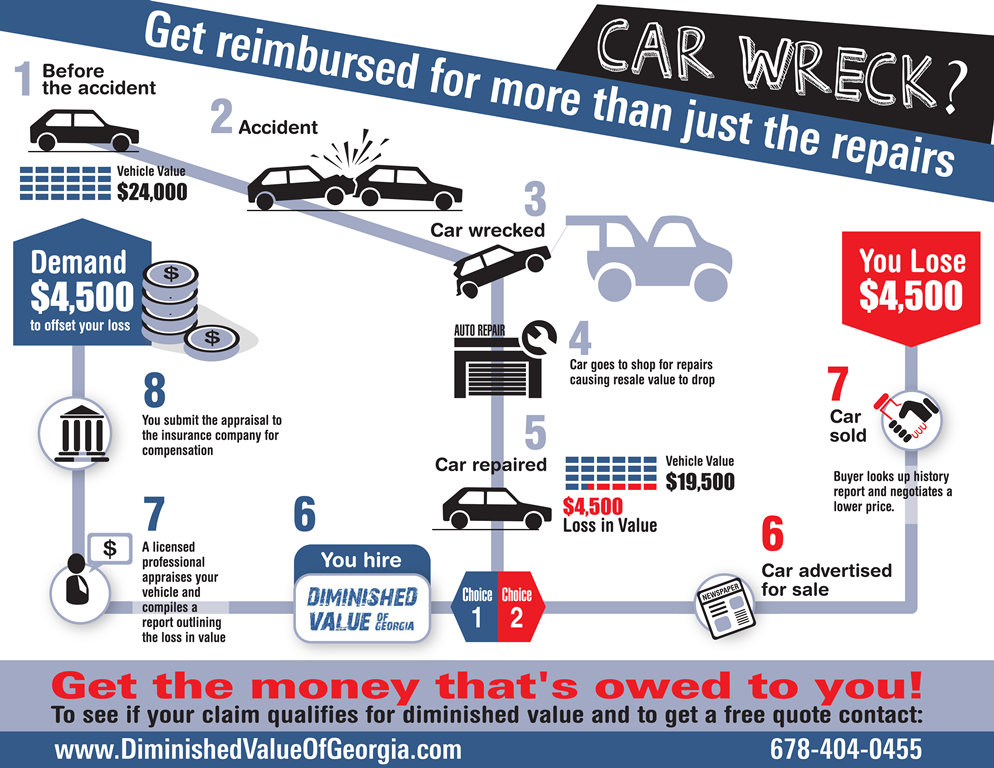Seeking Clearness On The Warning Lights Presented On Your Auto'S Dashboard? Find Out Just How They Associate With Your Car'S Health And Wellness
Seeking Clearness On The Warning Lights Presented On Your Auto'S Dashboard? Find Out Just How They Associate With Your Car'S Health And Wellness
Blog Article
Staff Author-Boye Winters
When you lag the wheel, those glowing caution lights on your dashboard can be a little bit perplexing. Do you know what they're trying to tell you regarding your car's wellness? Recognizing the relevance of these lights is essential for your security and the long life of your lorry. So, the next time one of those lights pops up, wouldn't you want to decipher its message accurately and take the needed actions to resolve it?
Common Warning Lights and Interpretations
Recognize usual caution lights in your automobile and understand their meanings to ensure risk-free driving.
The most normal caution lights include the check engine light, which indicates issues with the engine or emissions system. If this light begins, it's vital to have your lorry checked quickly.
The oil stress cautioning light suggests low oil stress, calling for prompt interest to prevent engine damage.
A blinking battery light may recommend a damaged charging system, potentially leaving you stranded if not attended to.
The tire stress monitoring system (TPMS) light informs you to low tire pressure, affecting vehicle stability and fuel efficiency. Ignoring this might lead to harmful driving conditions.
The abdominal light indicates a trouble with the anti-lock stopping system, compromising your capability to stop quickly in emergencies.
Finally, the coolant temperature cautioning light warns of engine getting too hot, which can result in severe damage otherwise fixed promptly.
Comprehending these common caution lights will assist you address concerns quickly and keep risk-free driving problems.
Significance of Prompt Focus
Recognizing the typical caution lights in your cars and truck is only the primary step; the value of quickly attending to these cautions can't be highlighted sufficient to ensure your safety on the road.
When car wahs illuminates on your dashboard, it's your vehicle's way of communicating a prospective problem that needs attention. Overlooking https://www.pymnts.com/earnings/2022/b2b-customers-seek-digital-tools-when-buying-auto-parts/ can bring about much more serious troubles in the future, jeopardizing your safety and potentially costing you more out of commission.
Trigger interest to advising lights can avoid failures and crashes. For example, a blinking check engine light might suggest a misfire that, if left neglected, can cause damage to the catalytic converter. Addressing this quickly can save you from a costly repair.
Similarly, a brake system advising light may indicate low brake liquid or used brake pads, important components for your safety when driving.
DIY Troubleshooting Tips
If you see a caution light on your dashboard, there are a few DIY repairing ideas you can attempt before looking for professional aid.
The initial step is to consult your vehicle's handbook to understand what the details warning light suggests. Occasionally the concern can be as straightforward as a loosened gas cap triggering the check engine light. Tightening up the gas cap might deal with the trouble.
An additional common concern is a low battery, which can activate different warning lights. Examining the battery connections for rust and guaranteeing they're protected may take care of the trouble.
If a caution light persists, you can try resetting it by separating the vehicle's battery for a couple of minutes and after that reconnecting it. Additionally, checking your lorry's liquid degrees, such as oil, coolant, and brake fluid, can assist fix warning lights associated with these systems.
Verdict
Finally, comprehending your vehicle's warning lights is necessary for keeping your vehicle running efficiently and securely. By without delay addressing these signals and knowing what they imply, you can avoid pricey repair work and potential malfunctions.
Remember to consult your auto's manual for particular details on each alerting light and take action as necessary to make sure a trouble-free driving experience.
Stay informed, remain risk-free when driving!
